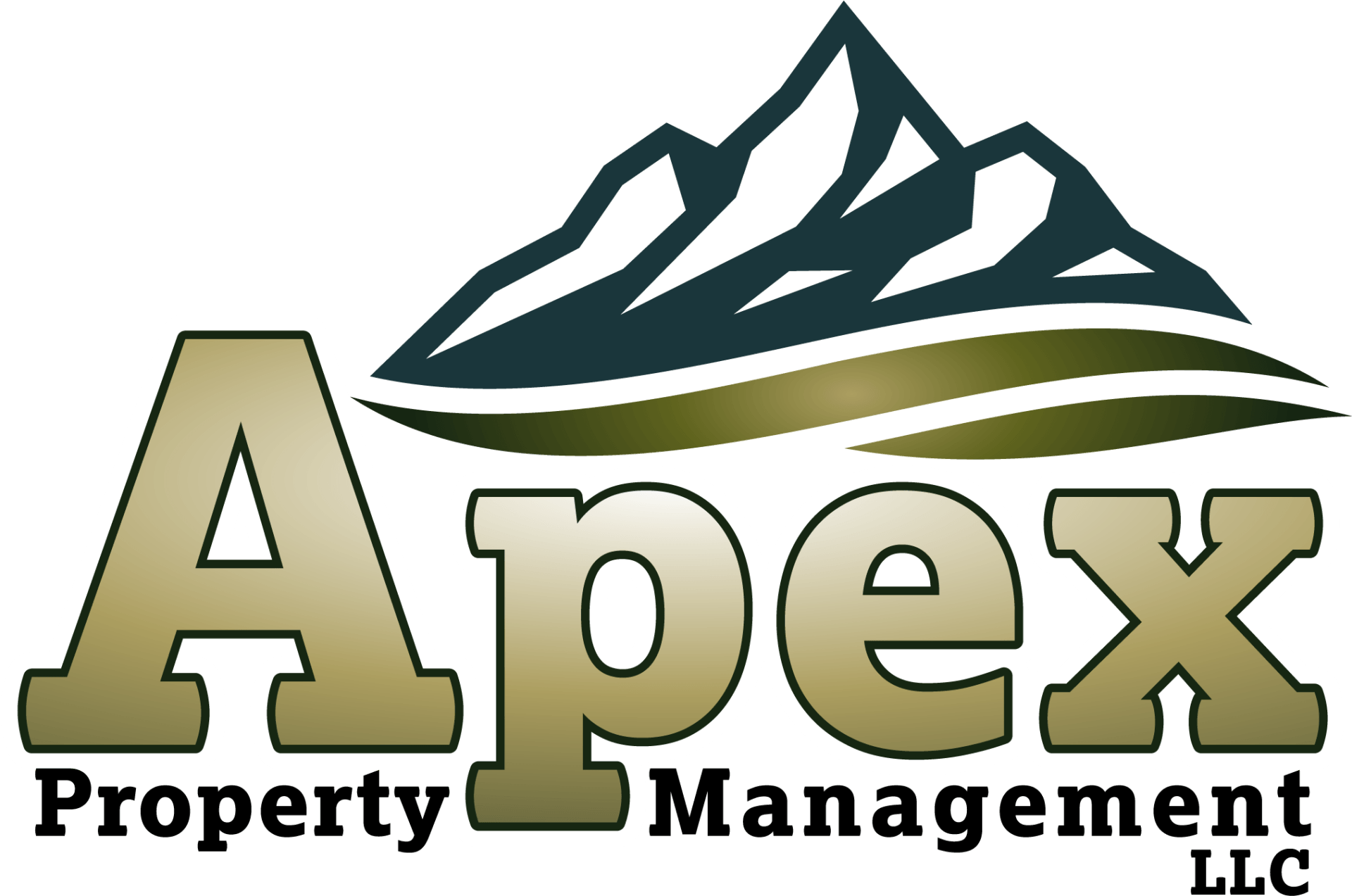Renovation ROI Guide
Maximize the Return on Every Dollar You Invest

Why Renovation ROI Matters
At Apex Property Management, we approach renovation as a strategic investment—aimed not just at increasing rent, but preserving asset value, reducing turnover, minimizing maintenance calls, and creating long-term desirability. Whether preparing a property for market, updating after tenant move-out, or strategically planning ahead, understanding ROI helps you make smart decisions with lasting benefits.
Quick ROI Tiers
We evaluate common improvements across three ROI categories to help you make informed, budget-conscious decisions:
| Tier | Investment Type | Estimated ROI | Purpose & Impact |
|---|---|---|---|
| 💰 Tier 1 | Essential Repairs & Rental Prep | 90–100%+ | Required to meet our Property Standard and minimize vacancy days. |
| 🔧 Tier 2 | Mid-Level Cosmetic & Functional Upgrades | 70–90% | Enhances rentability, boosts rent potential, extends asset lifespan. |
| 🧱 Tier 3 | Major Renovations or Layout Changes | Varies (40–70%) | Strategic long-term improvements, may not yield immediate returns. |
Our Property Standard = Tier 1 ROI
Your Rental Prep checklist ensures your property meets our baseline for habitability, desirability, and fast leasing.
This includes:
- Full professional cleaning
- Carpet/flooring cleaning or replacement
- Paint touch-ups or full repaint (if needed)
- Bulb, blind, and smoke detector replacement
- Curb appeal refresh (mow, edge, weed, trim)
- Safety checks and basic repairs
These are not optional—they’re the standard every renter expects and every property should meet before going live.
➡️ View the full Rental Prep List →
Tier 2 ROI: Smart Upgrades We Recommend
When your property is ready, but could use a little more polish to compete in the current market, we may recommend upgrades that don’t just photograph better—but perform better.
Common examples include:
| Upgrade | ROI Boost | Notes |
|---|---|---|
| Modern lighting fixtures | ⭐️⭐️⭐️⭐️ | Inexpensive, high-impact visual refresh |
| New cabinet hardware | ⭐️⭐️⭐️ | Quick facelift for older kitchens/baths |
| LVP flooring instead of carpet | ⭐️⭐️⭐️⭐️⭐️ | Reduces long-term maintenance, pet-friendly |
| Digital lock installation | ⭐️⭐️⭐️⭐️ | Convenience + security = higher perceived value |
| Kitchen/bath caulking & grout refresh | ⭐️⭐️⭐️ | Makes aged spaces feel clean and well-maintained |
| Updated faucets or vanity | ⭐️⭐️⭐️⭐️ | Boosts style + functionality for minimal cost |
We’ll suggest these if they align with current rent comps and resident expectations.
Tier 3 ROI: Big Picture Renovations
For long-term investors or aging assets, some renovations help position your property for better appreciation, improved tenant quality, and fewer issues down the road.
| Upgrade | Strategic Value |
|---|---|
| Full kitchen or bath remodel | Modernizes asset, attracts long-term renters |
| Open-concept layout changes | Improves flow and modern appeal |
| HVAC upgrade | Reduces maintenance and utility cost concerns |
| Roof or siding replacement | Protects your investment + qualifies for insurance savings |
| Energy-efficient window installation | Reduces resident costs + increases appeal |
These may not pay off in the first lease term, but they increase value over time and can improve resale potential.
How We Assess ROI With You
When planning improvements, we focus on four factors:
- Current Rentability: Is the home rent-ready or will repairs delay marketing?
- Market Comparables: Will the upgrade close the gap between your property and higher-rent comps?
- Longevity: Will this reduce maintenance, improve durability, or extend lifecycle?
- Visual Impact: Will photos and tours reflect better condition and care?
We provide honest, data-driven recommendations—backed by years of experience in Boise’s rental market and our commitment to your investment goals.
Tip from Our Team
Renovations aren’t just about “fixing” things—they’re about storytelling. The story we help you tell is:
📣
“This home is cared for. It’s clean, safe, comfortable, and desirable. You’ll want to live here.”
And that’s what fills vacancies faster, secures higher-quality residents, and keeps maintenance costs down.
Let’s Talk Strategy
Every property is different. If you're considering upgrades—whether during turnover, refinancing, or portfolio planning—reach out to us to schedule a video call or request a custom ROI review.

